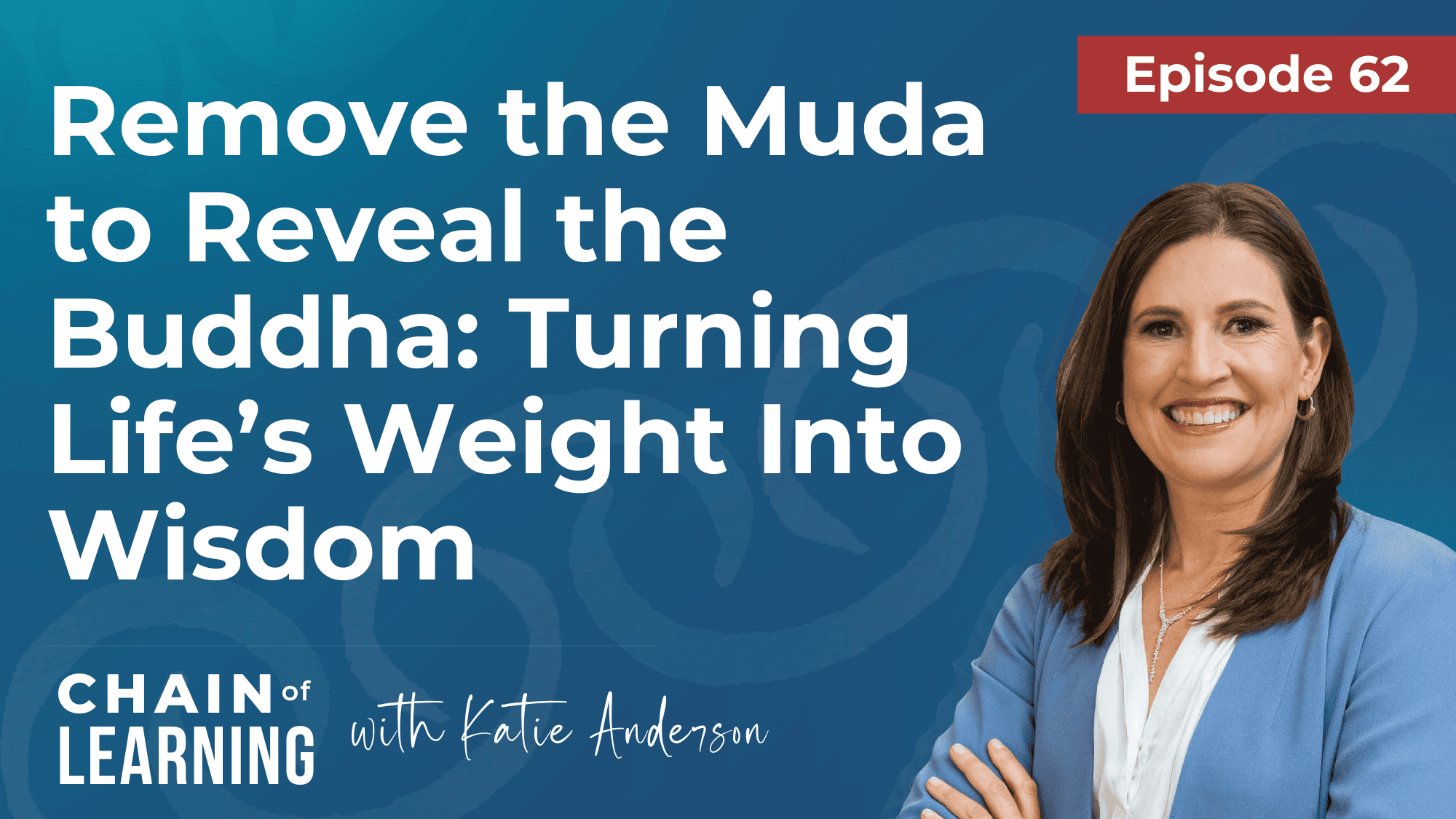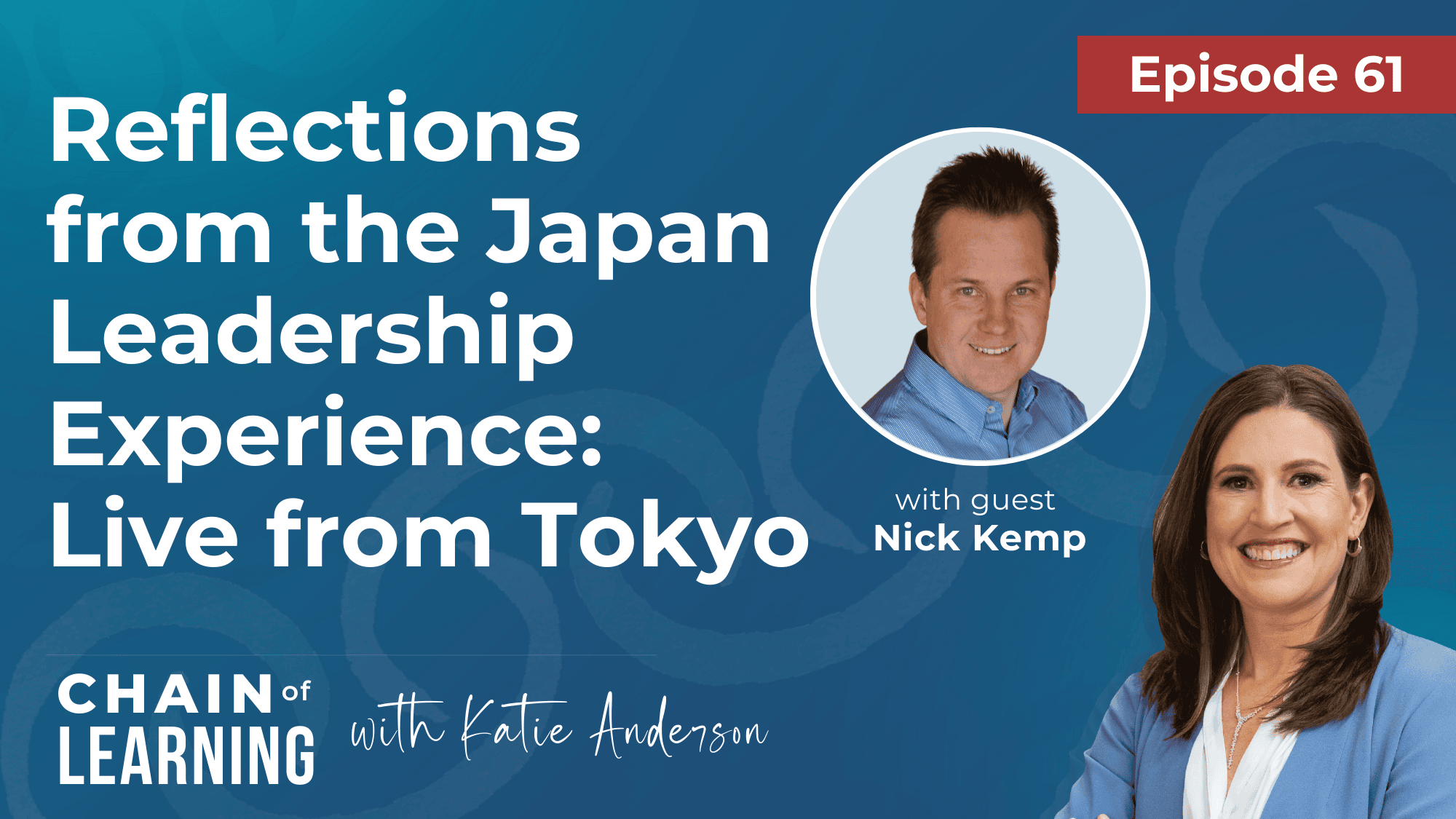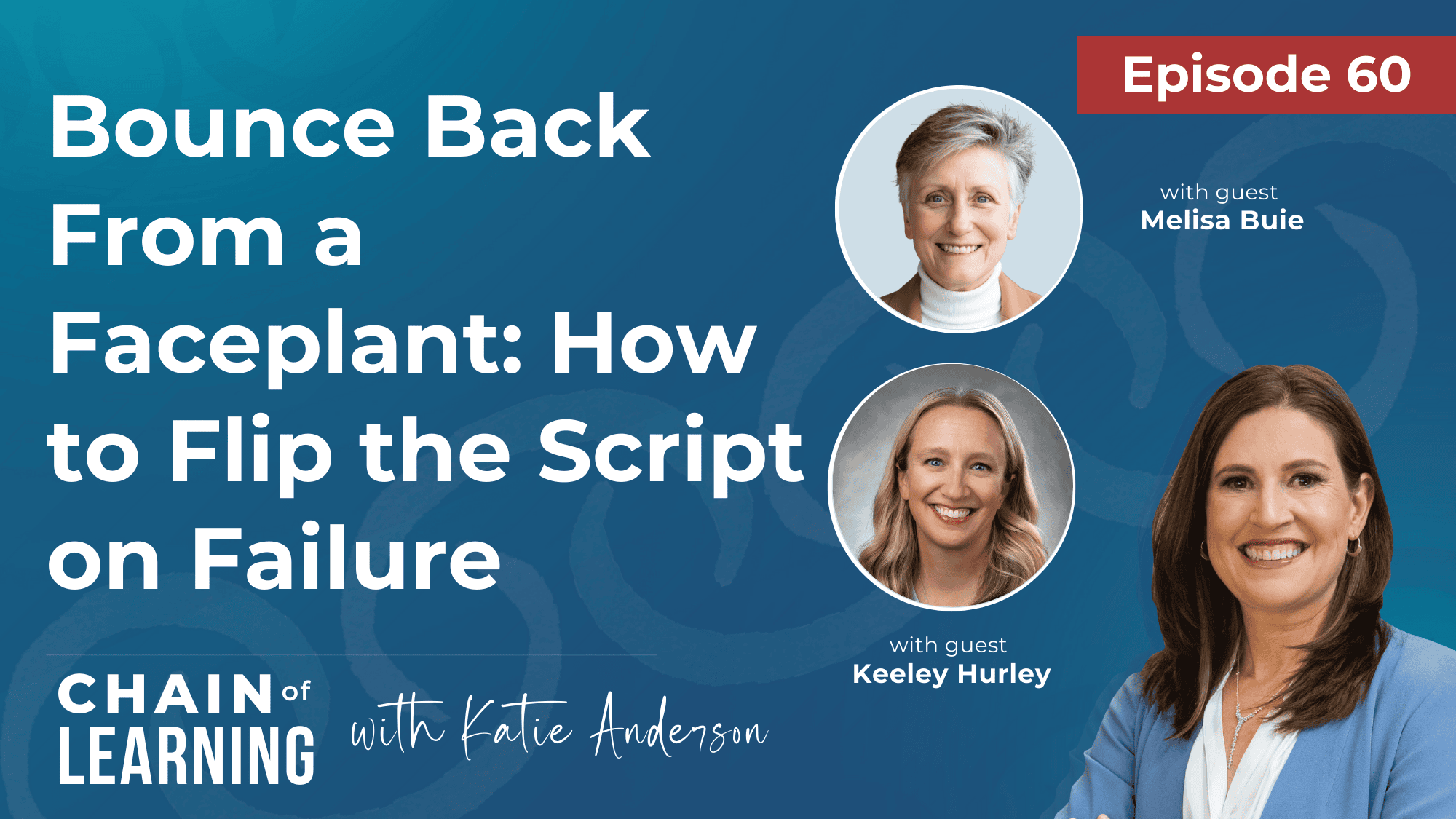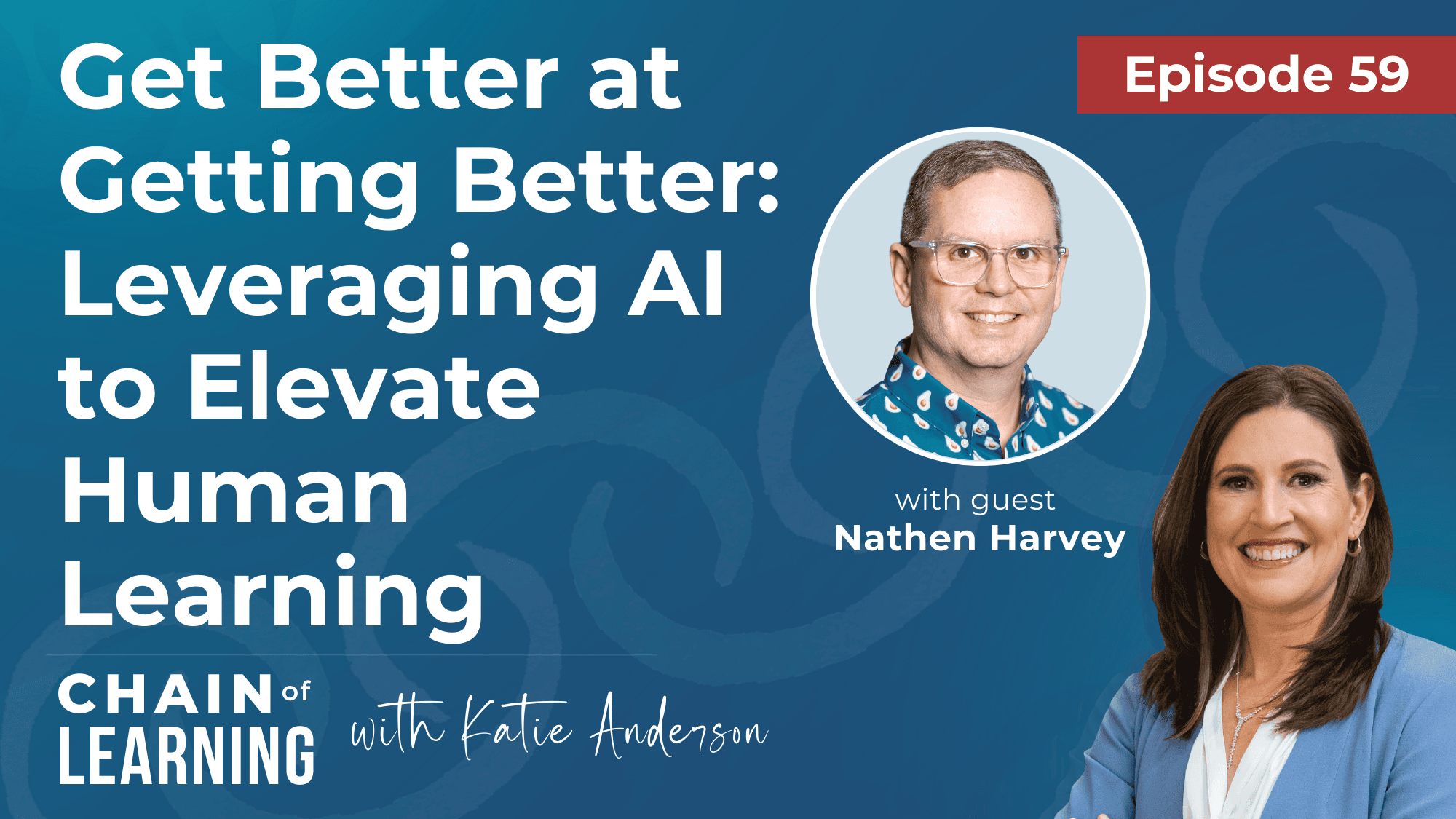The concept of fear and unfear is important when it comes to people-centered learning, and something we should all be thinking about in our organizations if we want to achieve outcomes.
Mismanaged fear can often be the reason that people don’t perform at their best, and this results in problems and challenges in organizations – not just related to business outcomes, but also engagement, retention, and culture.
When I work with individuals in my leadership programs or organizations through facilitated discussions and coaching, I almost always ask the question:
“What barriers keep people in your organization from taking initiative and responsibility for problem-solving?”
There are a myriad of consistent answers, regardless of location, industry, or size of the organization.
But the number one answer: fear.
…Fear of not having the right answer.
…Fear of being blamed if they make a mistake.
…Fear of being assigned the problem without having support.
…Fear of ….. (fill in the blank….the list goes on and on….).
So….how do we move away from a culture of fear to one of unfear?
How do we reframe our relationship with fear?
How do we reframe the way leaders and their employees handle fear and anxiety?
And how do we begin to create a learning culture of engaged workers at the top of their game?
Two experts tell us how
Gaurav Bhatnagar has dedicated the last two decades of his professional life to working co-creatively with organizations to deliver performance and culture transformations and enhance leadership development. He has been a trusted adviser to C-suite and other senior leaders in the process of transforming their organizations.
Mark Minukas has helped organizations transform their business performance for over 15 years. His work has taken him around the world and allowed him to explore all kinds of industries – manufacturing, technology, travel and logistics, government, and financial services. He believes that human beings are the core of any organization. Mark advises senior leaders and their teams on how they can design effective improvement programs and harness the talent and creativity of their people to achieve significantly better business results.
I had the pleasure of sitting down to talk to Gaurav and Mark recently to dive into the details of their new book Unfear, the psychology of organizations and sustainable change within them, and to talk about the process of writing their book and I’m thrilled to be able to share our discussion with you here.
The Unfear Book Giveaway!
The book giveaway has now closed. Congratulations to the three winners of the Unfear book giveaway. The book can be purchased at your favorite bookstore or on Amazon.
Without further ado, check out our interview!
See below for a list of the questions and time stamps if you wish to jump to specific topics in the video. We’ve highlighted some of the discussion below for you as well.

(1:47) What inspired you to write “Unfear”?
Mark Minukas: I don’t have a typical background to be writing a book on fear. My background is as an engineer primarily, but over time I’ve discovered how difficult it is to create change in organizations. And so I’ve discovered that fear for me really sits at that leverage point of how you create real sustainable change in organizations and advanced human well-being at the same time. I’ve also struggled with being an effective leader of change in organizations. So I’ve had to shift my own relationship to fear in order to be more effective.
1- How do you define fear and unfear, and how do we redefine our relationship with fear? (3:11)
Gaurav Bhatnagar: Fear is an emotion you experience when you’re either anticipating an unpleasant event or an unpleasant person, or you are experiencing an unpleasant experience or unpleasant person.
Unfear, on the other hand, is not about emotion. Unfear is about your relationship to fear.
What our proposition is is that it’s the relationship to fear that is the problem, and unfear is fundamentally about reframing that relationship.
2- For leaders who are realizing that there may be a culture of fear or blame or mistrust in their organizations, how do you recommend they start shifting from fear to more of an unfear culture and mindset? (5:36)
Mark Minukas: There are three primary steps: One is awareness. The second is choice. And then the third is practice.
3 – Can you give an overview of the unfear archetypes, and how do you see these archetypes fitting into creating a learning culture? (7:11)
Mark Minukas: We describe the unfear archetypes as the wise club. So we have the fight club and the nice club as being the fear-based archetypes. The wise club is all about having more of a learning response when in challenging circumstances.
The four archetypes are the Achievers, the Seekers, the Coaches, and the Trust Builders.
We can go into any of these but you know at the core of all of those is when there’s a potential threat or a challenge, it’s having a learning response rather than a fight or flight response.
4 – What was your process of creating the book and what did you learn from it? How was it to create the book as co-authors? (10:06)
Gaurav Bhatnagar: Writing a book alone is not easy. Writing it with someone else is even more challenging.
To work with someone else who has a different language, to work with someone else who has a different way of thinking, and then allowing both each other to actually storm through that process and learn from… it was challenging and yet it was deeply gratifying because I think we’ve created something together which will be much better than what we could have done alone.
5 – What is one thing you learned or clarified for yourself about fear or unfear through the process of writing the book? (12:54)
Gaurav Bhatnagar: It’s easy to go and pontificate in front of a room with your clients, but this book-writing process actually has helped us really reflect on the work that we need to do on ourselves. It’s a lifelong process.
6 – What is one question that either I haven’t asked you or that you’re not often asked about the book or the concept of unfear? (14:28)
Mark Minukas: I think people assume that unfear is the same as fearlessness. It’s not about eliminating fear. That’s just not possible as human beings. It’s just learning how to relate to fear in a different way.
Leader as Coach – a Way to create Unfear
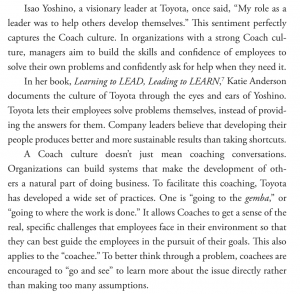
As an example of an unfear culture, where leaders serve as coaches Gaurav and Mark highlight Isao Yoshino’s experiences at Toyota, as described in my book Learning to Lead, Leading to Learn.
“My role as a leader was to help others develop themselves.” – Isao Yoshino, Learning to Lead, Leading to Learn
When leaders show up with curiosity — by asking questions, with caring — by going to the gemba to show respect and help people, and courage — to address their own fear of not having the answers or having to be right, we can achieve so much.
It’s about moving away from leaders telling people exactly what to do and instead creating a culture where it is okay to experiment, bring forward ideas, and to fail (and learn).
You can see this except from Unfear where they talk about their takeaways on Toyota’s unfear coaching culture from Learning to Lead, Leading to Learn.
Get your own copy of “Unfear”
I highly recommend Unfear and already have incorporated some of the framework into my discussions about fear and addressing cultures of blame.
Here is my Amazon review for the book:
Mark Minukas and Gaurav Bhatnagar have created an important book that should be read by every leader, manager, and team member who wants to be part of an engaged, people-centered team. Unfear is the foundation for how to create a successful learning organizations and this book is the guide to get there.
In my work as a leadership coach and consultant, I’ve asked thousands of leaders “What barriers keep people in your organization from thinking and taking responsibility for problem solving?”
The number one answer — FEAR.
…Fear of not having the right answer….of being blamed if they make a mistake….of being assigned the problem without having support.…Fear of ….. (fill in the blank….the list goes on and on….).
In this engaging and informative book, the authors show us through their own experiences — personally and through working with hundreds of organizations — how we can address our natural fear response and move forward with “unfear”. Their frameworks for the “Fear” and “Unfear” archetypes can help each of us understand our own responses and those of our team members, and how we can navigate our own actions and reactions.
When we can create a culture of unfear, where experimentation and failure is embraced as a source of learning, this is how we can really create an environment where people thrive.
I highly recommend this book!






